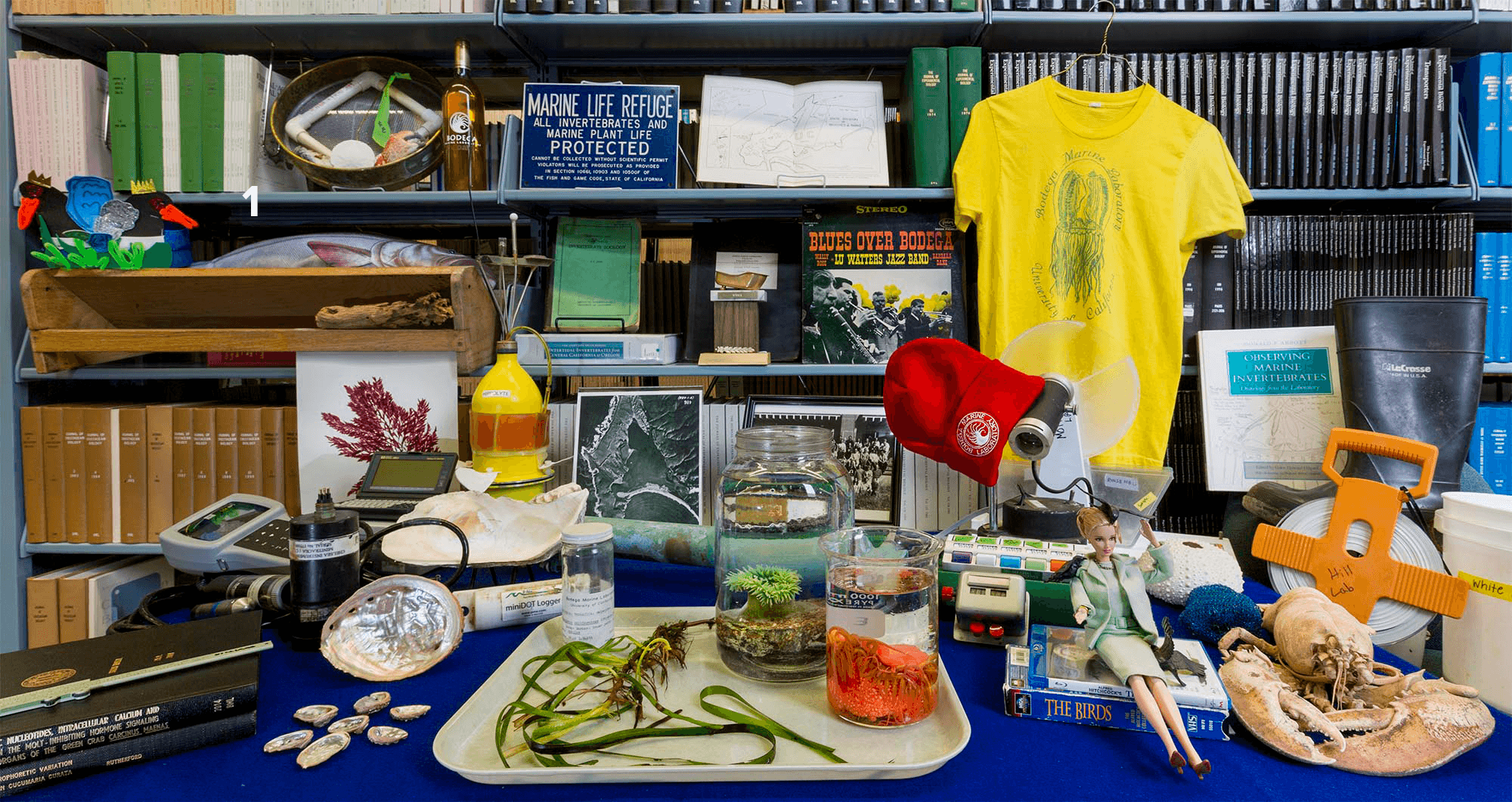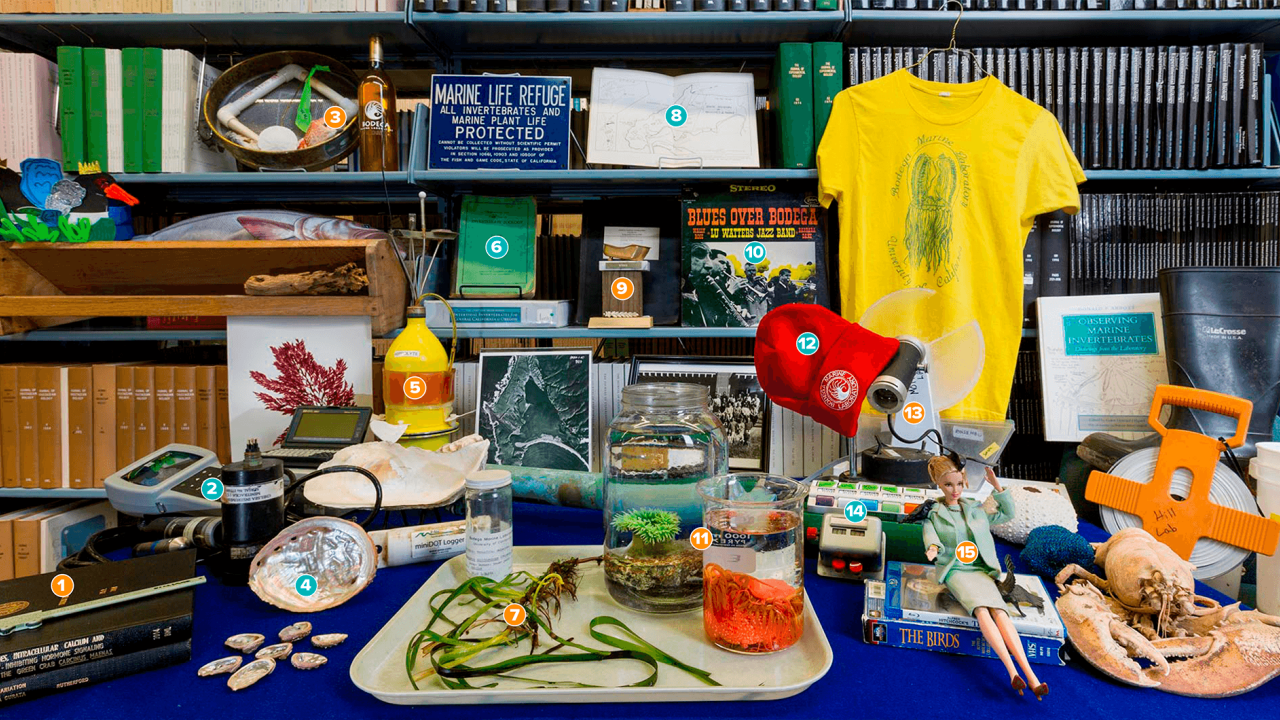
Bios Magazine: Lean In
Benchside at Bodega Marine Laboratory
For more than 50 years, the Bodega Marine Laboratory has been at the forefront of ocean and coastal sciences. The land and waters surrounding the facility are a world-class research site. First protected in 1965, they became the Bodega Marine Reserve in 1970.
Here, along the coast of the Pacific Ocean, UC Davis researchers find solutions to the challenges that threaten the health of marine ecosystems. Research expertise in ecology, oceanography, ocean health and habitat and species restoration informs public policy and sustainable business practices both at home in California as well as on the national and global stages.
This spirited history, culture and character make the Bodega Marine Laboratory an unforgettable and immersive place to see marine science in action.
Can you spot?

1) Research Theses
Research theses stored in the Cadet Head Library at the Bodega Marine Laboratory span nine decades and number over 3,800. Here you see two examples of such theses, one from 1975 and another from 2014.
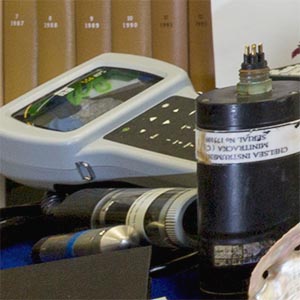
2) Seawater Sensing Equipment
To get a sense of the seawaters, researchers use sensors to measure properties such as pH, temperature, dissolved oxygen, salinity and chlorophyll.
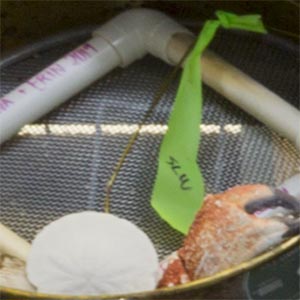
3) An Eelgrass Marker from the Late Susan Williams
The late Susan Williams, a distinguished professor of evolution and ecology, studied the importance of seagrass and seaweed in coastal ecosystems and their value to habitat restoration. Her research revealed how the strategic planting of seagrass could buffer and offset the destructive impact of human activities. Click on this description to learn more about Williams.
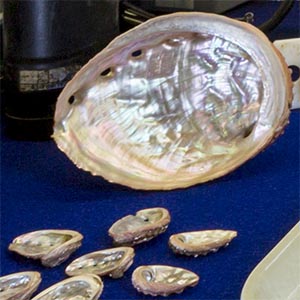
4) Shell of White Abalone (Haliotis sorenseni)
The shells of white abalone were traded as far back as 5,000 years ago and were used as tools, ornaments and jewelry. Once numbering in the millions, this marine snail species was overfished in the 20th century and is now classified as endangered. Bodega Marine Laboratory researchers, like Kristin Aquilino, are working to bring the species back from the brink of extinction.

5) The Larva Bot
Researchers send out small armies of these robots to study the behavior of zooplankton at different ocean depths.
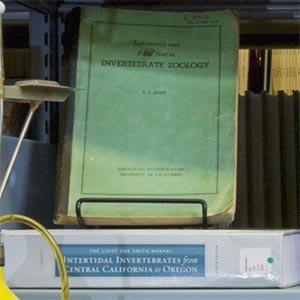
6) Light’s Manual, First Edition
Originally titled Laboratory and Field Text in Invertebrate Zoology, this is a primary guide to identifying marine invertebrates in California that was first published by S.F. Light, a UC Berkeley professor who led field courses to sites along the central and northern California coast. Ralph Smith and Jim Carlton revised later editions.
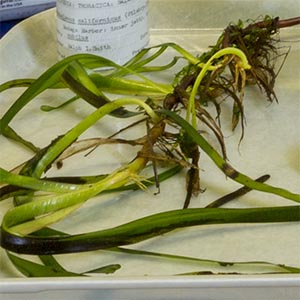
7) Seagrass (Zostera marina)
This local seagrass is a focal species for studying biodiversity, coastal restoration and carbon sequestration.
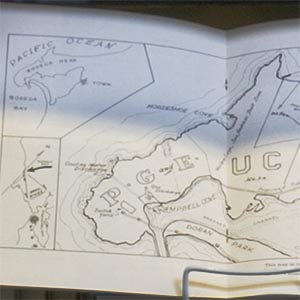
8) Bodega Land Grab
This diagram shows all three entities vying to acquire land on Bodega Head in 1962 – Pacific Gas & Electric (for a nuclear power plant), the University of California (for a marine laboratory) and California State Parks (for recreational open space).
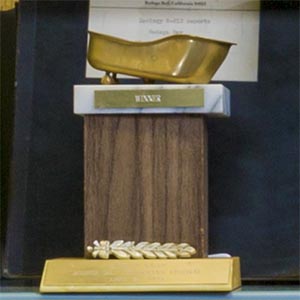
9) Bathtub Race Trophy
For many years, students and staff from the Bodega Marine Sciences Association competed in the annual Bodega Bay Fisherman’s Festival Race in Bodega Harbor. This was their prize!
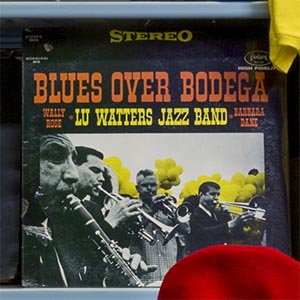
10) Blues Over Bodega
The album Blues over Bodega by the Lu Watters Jazz Band, released in 1963, coincided with a time of grassroots protests that helped prevent the development of a nuclear power plant at Bodega Head.

11) Giant Green Anemone (Anthopleura xanthogrammica) and White-spotted Rose Anemone (Cribrinopsis albopunctata)
These are the mesmerizing research subjects of Cadet Hand, professor of zoology and founding director of the Bodega Marine Laboratory. Experimental invertebrate biology classes are still taught at the lab during the summer.
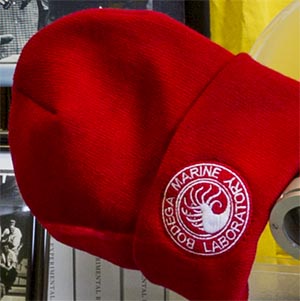
12) The Red Beanie
This beanie is the iconic headgear of choice at BML. It's styled loosely on the look made popular by oceanographer Jacques Cousteau.
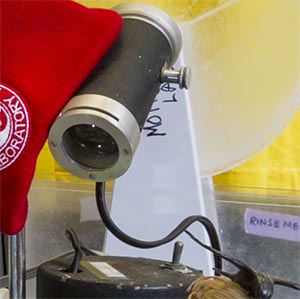
13) Microscope Light
A favorite tool of illumination, this light was owned by Bodega Marine Laboratory co-founder Ralph Smith, professor of zoology.
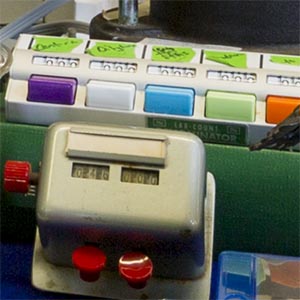
14) Tally Counters
You can count on these for accurate measurements in the lab. While many decades separate the two tools pictured, they've each been used in research laboratories at the Bodega Marine Laboratory. Currently, they're being used to help monitor harmful algal blooms.
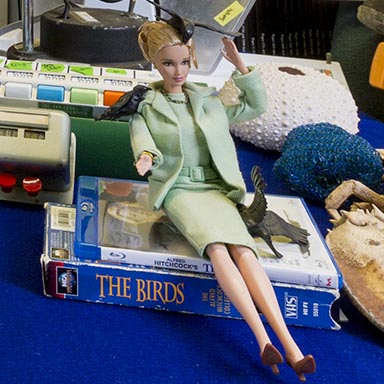
15) The Birds Movie
The famous Alfred Hitchcock flick was filmed in Bodega Bay and based on actual events of bizarre avian behavior in 1961. In years of excessive algae blooms, a trace neurontoxin called domoic acid bioaccumulates up the food chain from zooplankton to anchovies to sea birds. It causes erratic, psychedelic behaviors, which came to the attention of Hitchcock.
